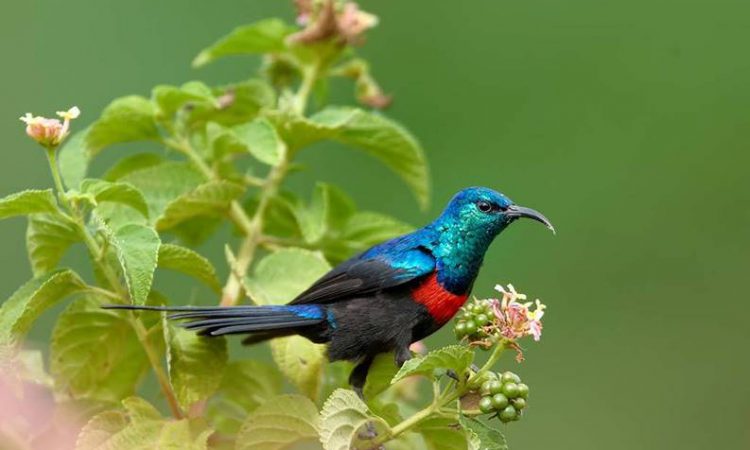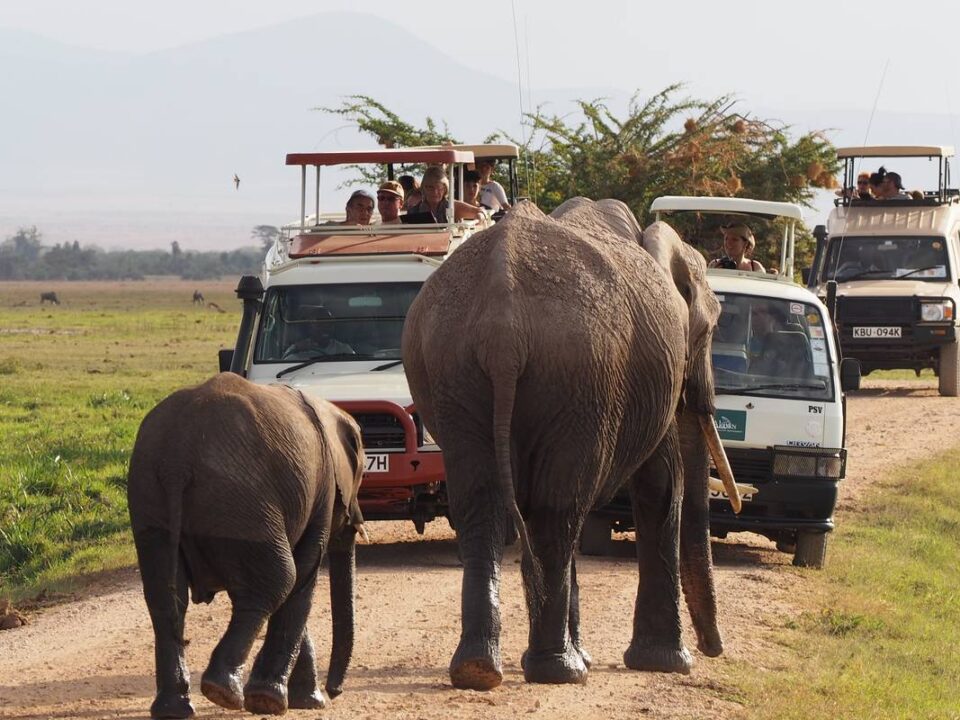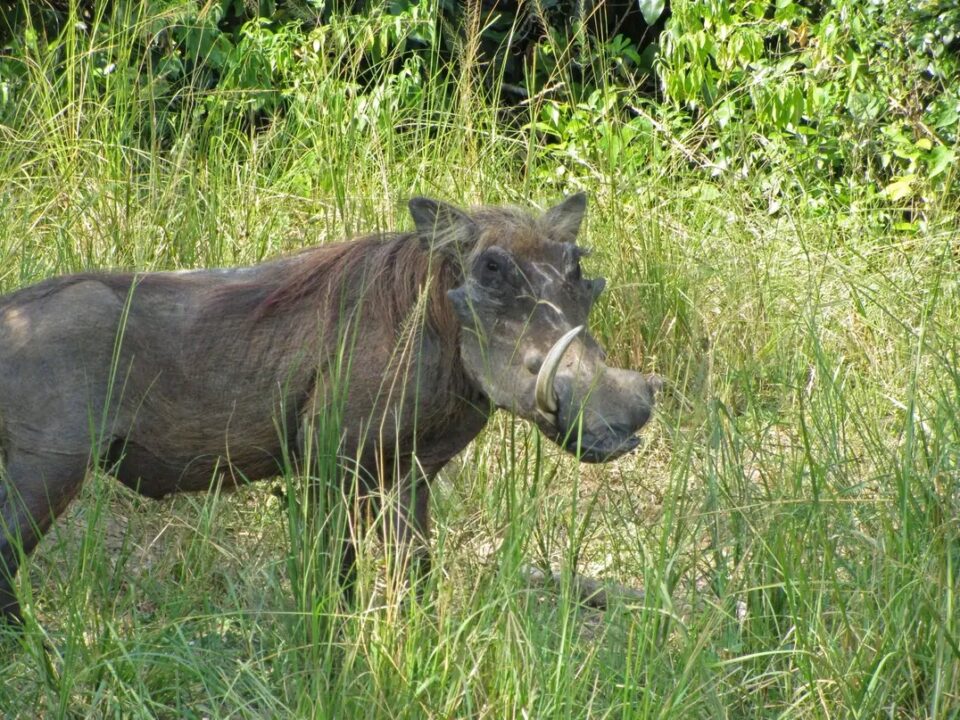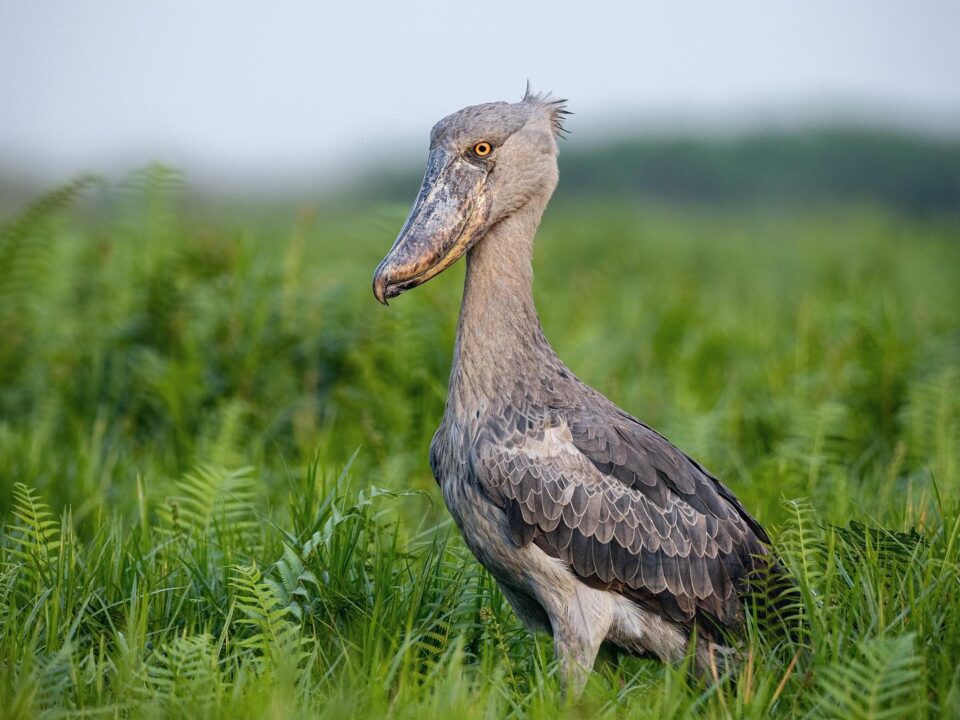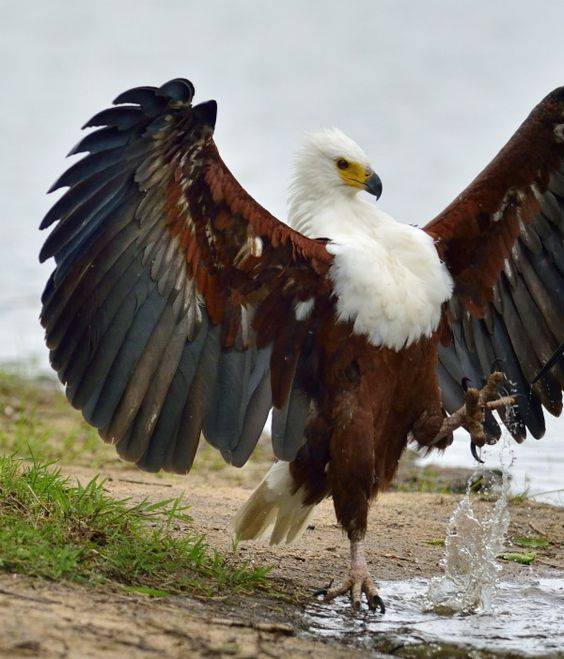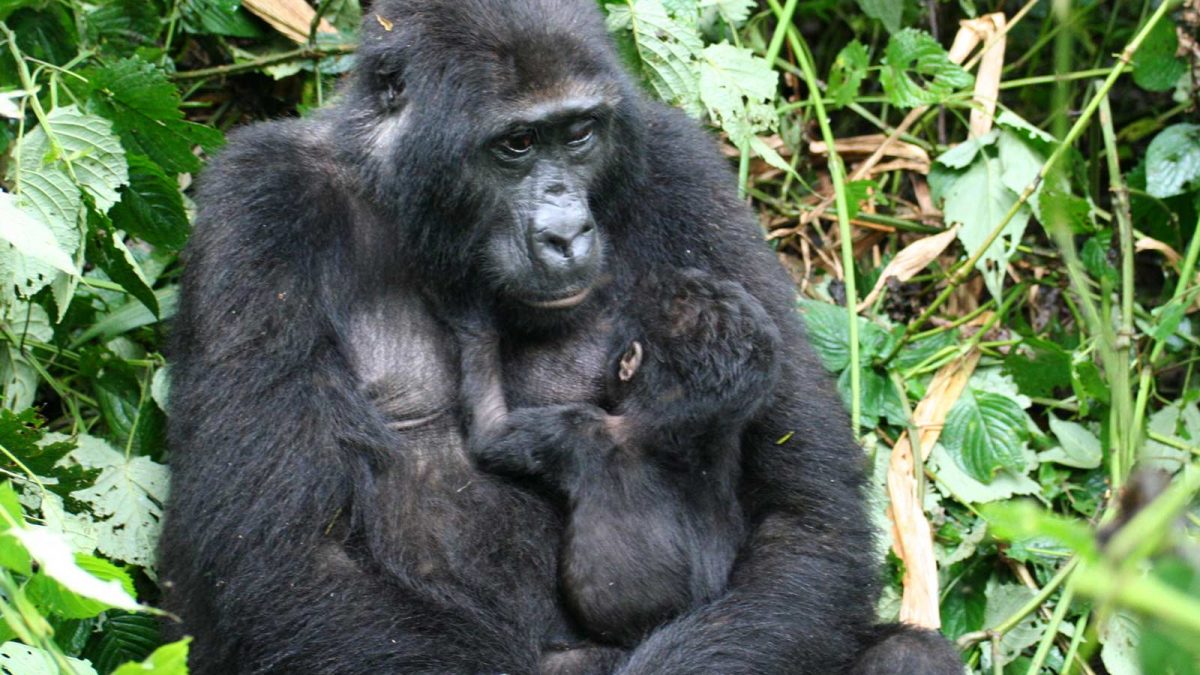
Gorilla baby boom Uganda Bwindi Impenetrable National Park with 5 babies in just 6 weeks
September 9, 2020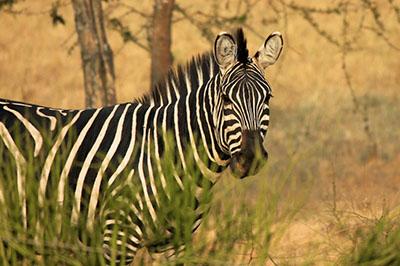
Akagera National Park Wildlife tours Rwanda
September 14, 2020Birding in Semuliki National Park Uganda
Birding in Semuliki National Park Uganda offers one of the best Africa bird watching experiences. Semuliki National Park sprawls across the floor of the Semuliki valley dominated by the easternmost extension of the great Ituri Forest of the Congo Basin.
This is one of Africa’s most ancient and bio-diverse forests, one of the few to survive the last ice age, 12- 18,000 years ago. The park was made a national park in October 1993 covering 219 square kilometers (85 sq. mi) within a lowland tropical rainforest.
Situated within a very rich tropical rainforest, the park is one of the richest areas with flora and fauna, with bird and butterfly species being especially diverse. The park is close to the border with the Democratic Republic of Congo with the Rwenzori Mountains National Park to the southeast of the park and Lake Albert North of the Park.
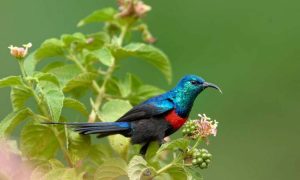 Avid or seasoned birders who visit Semuliki National Park will be rewarded with one of Africa’s best forest birding experiences. More than 441 bird species have been sighted within the borders of the park, 216 of these bird species are true forest birds.
Avid or seasoned birders who visit Semuliki National Park will be rewarded with one of Africa’s best forest birding experiences. More than 441 bird species have been sighted within the borders of the park, 216 of these bird species are true forest birds.
Why Visit Semuliki for Birding safaris
The bird population in Semuliki represents about 40% of Uganda’s total bird species and 66% of the country’s forest bird species. There are 46 Guinea- Congo biome bird species only found in Semuliki within East Africa with 35 of these only found in about 3 other birding spots in Uganda.
5 Albertine Rift endemics can also be found in the park, 24 of these endemics can be found in the Bwindi Impenetrable National Park which is also a gorilla habitat and destination for Uganda gorilla safaris.
Some of the bird species in the park include the lyre-tailed honeyguide, Oberlander’s ground thrush, Sassi’s olive greenbul, Maxwell’s Black Weaver, Crested Malimbe, Swamp Palm Bulbul, Red-rumped Tinkerbird, Congo Serpent Eagle, and several hornbill species.
The Sempaya and Ntandi areas provide excellent viewing of birds with species like the White-crested Hornbill, Piping Hornbill, Red-billed Dwarf Hornbill, Yellow-throated Nicator, Great blue Turaco, and the Ross’s Turaco.
The area around Kirumira River is one of the top birding spots. The elusive shoebill stork can regularly be seen on Lake Albert. Forest walks are the best way of tracking water birds.
Best Time for Birding in Semuliki National Park
In the rainy season, large areas of this low lying park may flood, a brief reminder of the time when the entire valley lay at the bottom of the lake for millions of years. Generally, the best time for bird watching in Uganda is during the months of late May to September when rains are less. Migrant birds are present in the country from November to April. If your interest is resident birds, then Uganda bird watching tours are good all year round.
Semuliki National Park is very accessible to other Uganda safari destinations in the western circuit including Rwenzori Mountain National Park, Bwindi Impenetrable National Park, Mgahinga Gorilla National Park, and Queen Elizabeth National Park.
Here are some of the recommended itineraries that tourists can choose when going on the East Africa safari.
3 days Volcanoes park Rwanda gorilla trekking safari
10 Days Rwanda wildlife safaris tours
14 Days gorilla safari Rwanda and wildlife tour
3-Day Murchison Falls Safari Uganda Tour
3 Days Gorilla Safari Uganda Bwindi Impenetrable Park Tour
3 Day Queen Elizabeth National Park Safari
4 Days Kidepo Valley National Park Uganda Safari
3 Day Jinja City Tour Uganda Safari
8 Days Uganda Wildlife Safaris Tour
9 Day Uganda Wildlife Safaris Tour
14 Day Uganda Safari Eco-explorer
15 Days Uganda Wildlife Safari Kigali City Rwanda Tour
Uganda Wildlife Safaris Related Searches
- Uganda Safaris Tour
- Uganda Gorilla Safari Packages
- Uganda Wildlife Safari Packages
- Uganda Birding Safari Packages
- Chimpanzee Trekking Safari Packages
- Long Uganda Gorilla Safaris
- Long Uganda Wildlife Safaris
- Short Uganda Gorilla Safari Tours
- Short Uganda Wildlife Safaris
- Uganda Wildlife Safaris
- 5 Days Best Gorilla Trekking Safaris Uganda
- 5 Days Best Uganda Wildlife Safaris Tour
- 6 Days Best Uganda Adventure Tour
- 7 Days Best Uganda Gorilla Trekking Safari
- 7 Days Uganda Primate Tour
- 8 Days Best Uganda Safari Itinerary


